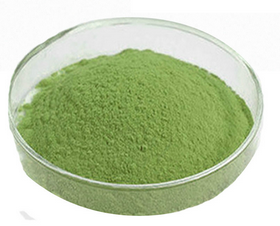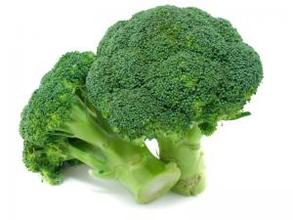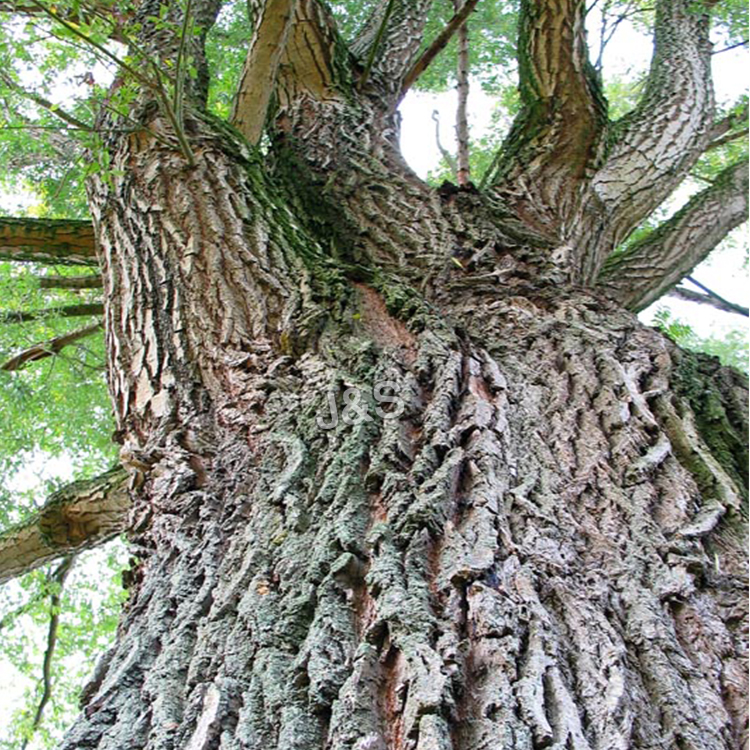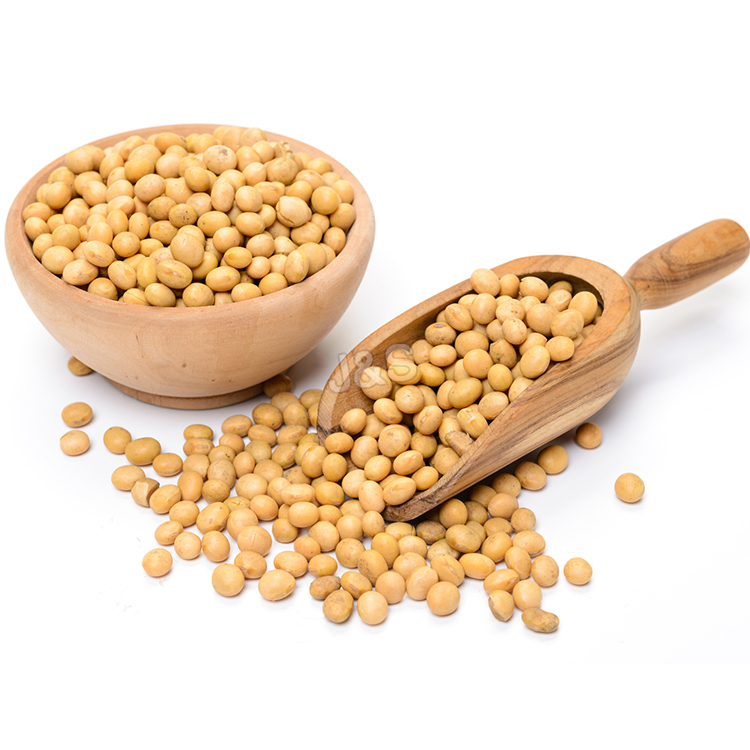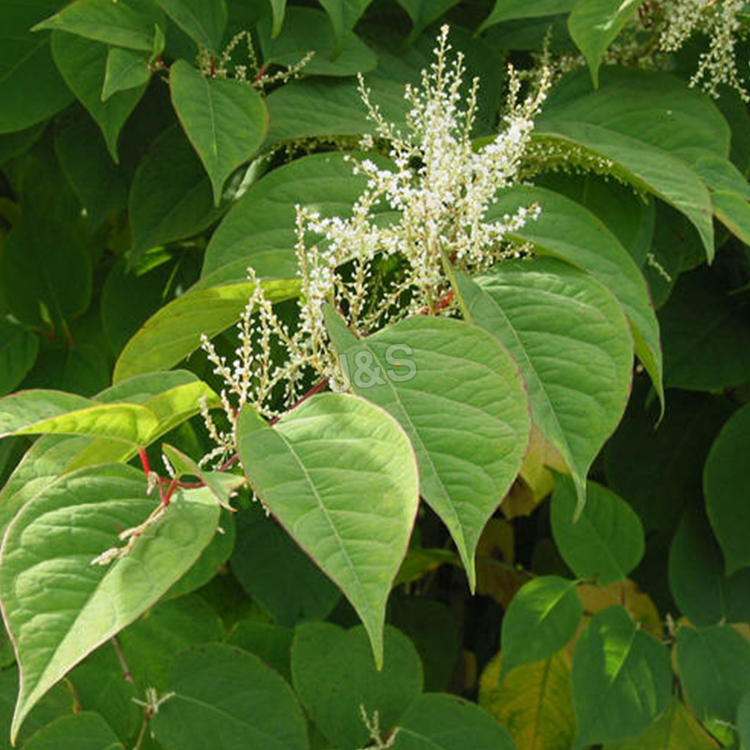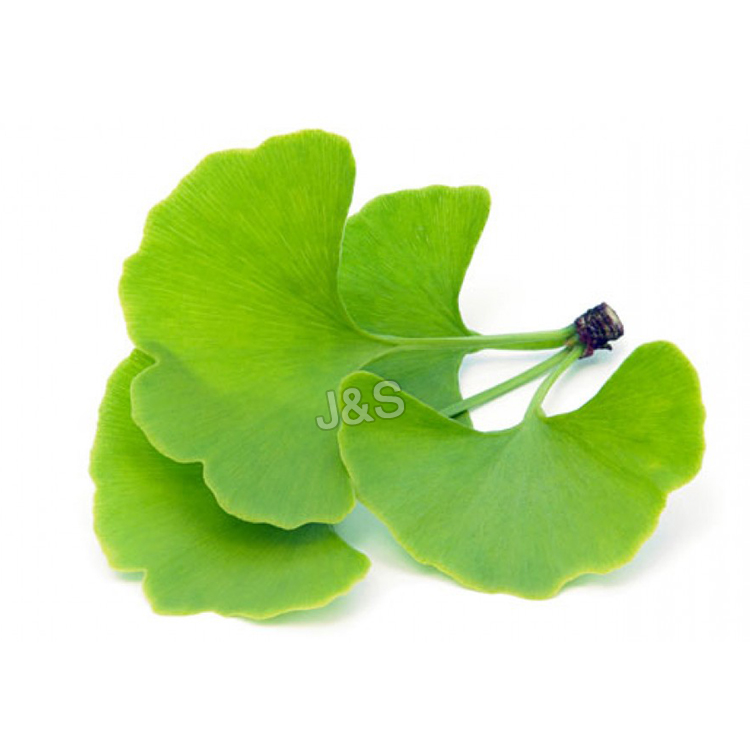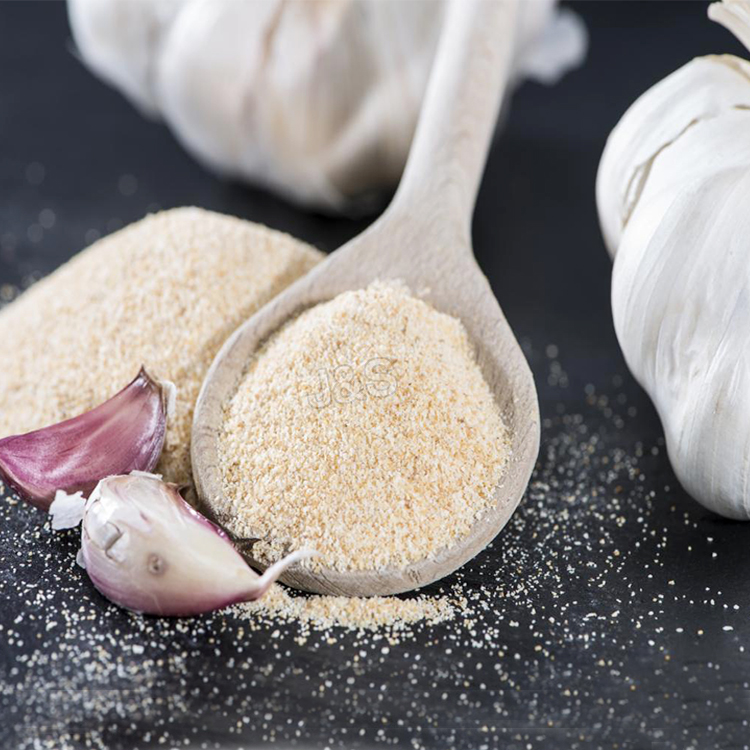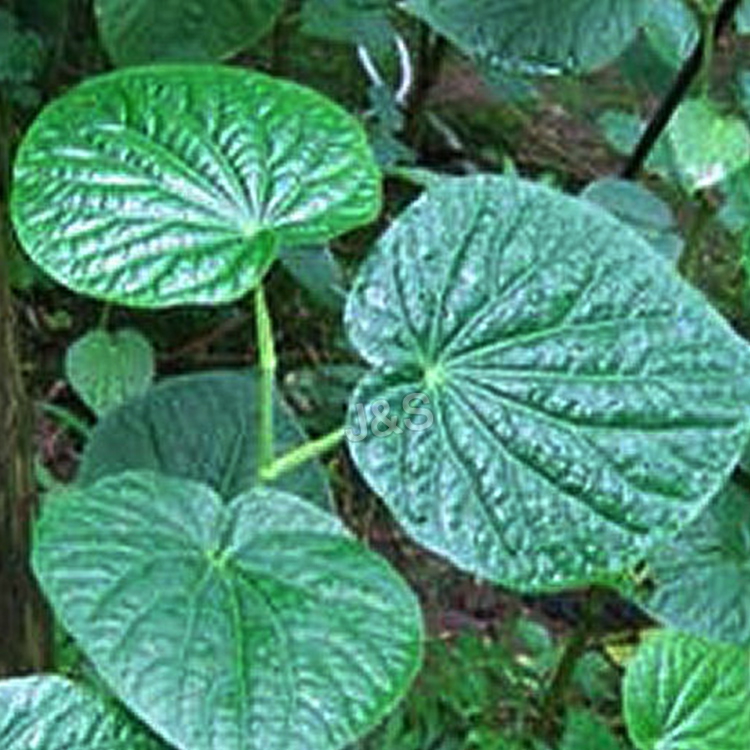Hot Sale for Broccoli powder Factory for Bhutan
Hot Sale for Broccoli powder Factory for Bhutan Detail:
[Latin Name] Brassica oleracea L.var.italica L.
[Plant Source] from China
[Specifications]10:1
[Appearance] Light green to green powder
Plant Part Used: whole plant
[Particle size] 60 Mesh
[Loss on drying] ≤8.0%
[Heavy Metal] ≤10PPM
[Storage] Store in cool & dry area, keep away from the direct light and heat.
[Shelf life] 24 Months
[Package] Packed in paper-drums and two plastic-bags inside.
[Net weight] 25kgs/drum
Broccoli is a member of the cabbage family, and is closely related to cauliflower. Its cultivation originated in Italy. Broccolo, its Italian name, means “cabbage sprout.” Because of its different components, broccoli provides a range of tastes and textures, from soft and flowery (the floret) to fibrous and crunchy (the stem and stalk). Broccoli contains glucosinolates, phytochemicals which break down to compounds called indoles and isothiocyanates (such as sulphoraphane). Broccoli also contains the carotenoid, lutein. Broccoli is an excellent source of the vitamins K, C, and A, as well as folate and fiber. Broccoli is a very good source of phosphorus, potassium, magnesium and the vitamins B6 and E.
Main Function
(1).With the function of anti-cancer, and effectively improving capability of blood scavenging;
(2).Having the great effect to prevent and regulate hypertension;
(3).With the function of enhancing liver detoxification, improve immunity;
(4).With the function of reducing blood sugar and cholesterol.
4. Application
(1).As drugs raw materials of anti-cancer, it is mainly used in pharmaceutical field;
(2).Applied in health product field, it can be used as raw material in health food, the purpose is to enhance immunity
(3).Applied in food fields, it is widely used as functional food additive.
Product detail pictures:
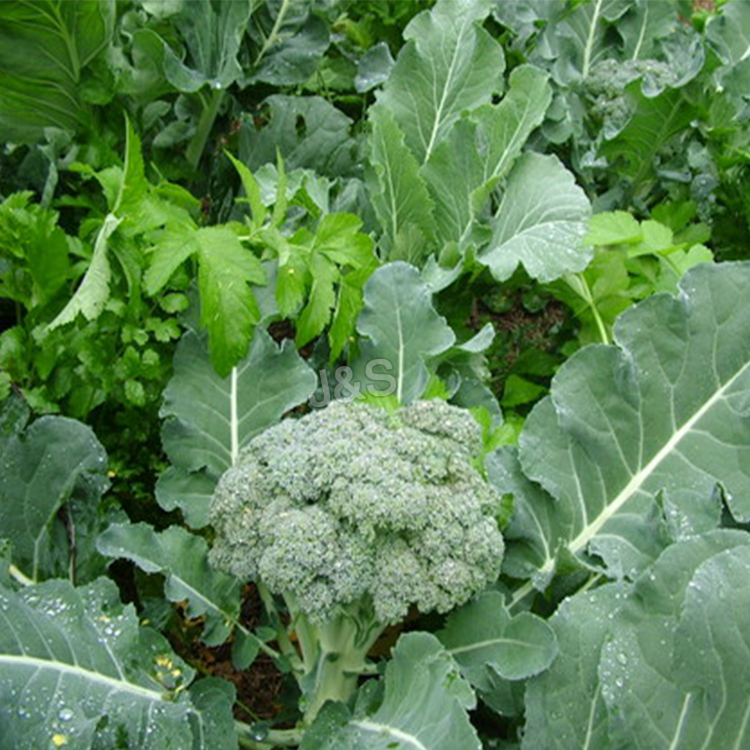
Related Product Guide:
The really abundant projects administration experiences and just one to one particular provider model make the substantial importance of organization communication and our easy understanding of your expectations for Hot Sale for Broccoli powder Factory for Bhutan , The product will supply to all over the world, such as: South Korea, Johannesburg, New Orleans, We win many reliable customers by rich experience, advanced equipments, skilled teams, strict quality control and best service. We can guarantee all our products. Customers' benefit and satisfaction are always our biggest goal. Please contact us. Give us a chance, give you a surprise.
Find me on Facebook: https://www.facebook.com/myf21
www.myf21.com
What is F21?
F21 has been specifically formulated as an All Natural Sugar Blocker™ to help limit your blood sugar absorption. For every gram of F21 you can block up to 20 grams of sugar (sucrose). Additionally, our patent pending formula not only helps promote weight loss, it benefits the digestive system by allowing the blocked sucrose to support beneficial probiotic bacteria while the polysaccharide (PSK) boosts your immune system response.
F21 Ingredients:
L-Arabinose, Coriolus Versicolor Polysacchride, Konjac-Mannan, Magnesium Stearate
Mint flavor: Menthol and Natural Colors.
www.myf21.com
Contact me: 850.543.3710
New LIVER formula for liver and blood! (and many other things!): https://goo.gl/rA4BAx Best value 100g free! ttps://goo.gl/5NDvHX
New BRAIN AND NERVE formula!!! 100g https://goo.gl/hxDYtT. Best value 100g free! https://goo.gl/f5esA5
New Heart & Cardiovascular 100g! https://goo.gl/PVqtfe Best value 100g free! https://goo.gl/X8xYTc
New SUPER MUSHROOM 9 Formula! 100g: https://goo.gl/VrbyN4 500g best value, 100g free! https://goo.gl/c8Rch3
REJUVENATE Herbal Formula for adrenals, tiredness/exhaustion/burnout, recovery from illness/exercise/sport/childbirth/depletion, illustrious hair, skin and , bones, teeth, joints, restoring JING, and increased sex-drive and health: https://goo.gl/mQ2qGl (500g for the price of 400g, best value)
STRENGTH Herbal Formula for energy, stamina, endurance, digestive power, building strength and lean muscle mass. Strengthens skeletal system, joints, tendons, knees, back, ankles and ligaments. Increased sex drive and libido! https://goo.gl/z3cydu
SERENITY Herbal Formula for Anxiety, Depression, Fear, Loss, Grief, Improved Sleep, Finding Balance and Clarity in Life: https://goo.gl/89Dpev
SUPERGREENS HIGHLY recommended* incredible superfood AND herb blend! https://goo.gl/YlIITK
Rhodiola SENSATIONAL HERB for anxiety, energy, depression, stress strongly adaptogenic and definitely one of my favorite herbs in the WORLD! 500g best value (100g free): https://goo.gl/U1tvbN
100g: https://goo.gl/FGpGGJ
Hi everyone, I hope this video helps you and your expansion into higher vibrations of more JOYFUL AND ELEVATED Existence. This has truly helped me, and I hope it does the same for you. Much love, share with anyone you think might benefit, and practice self-care and enjoy your day in gratitude, love and appreciation.
Focus on what makes you FEEL GOOD, whilst also denying nothing. Pick the best things to focus on and manifest your life from feeling good, self care and integrating all parts of yourself, including your shadow. Choose your thoughts carefully! Namaste and love, Owen xx
Owen’s Personally Most Recommended Most Important Herbs: https://goo.gl/dytSmP
Subscribe to my herbs, superfoods, enzymes shop for special offers and discounts! https://www.higherselfherbs.com
CLEANSE Herbal Formula for Liver, Blood & Women! https://goo.gl/vHHNas
AMAZING Enzymes (Super powerful and highly recommended! https://goo.gl/iL1LV9
Maca Delicious AMAZING herb for energy, hormones for women and men, libido, adrenals and thyroid! 100g: https://goo.gl/WFV4C2
Ho Shou Wu for Reversing Hair Loss/Color. Sexual libido, Deep energy restoration & Longevity. One of the world’s premier Yin-Jing herbs: https://goo.gl/ucM3sR (best value 500g!)
HigherSelfHerbs on Facebook: https://goo.gl/lVId83
POWERFUL SERRETIA ENZYMES 180 CAPS. Called the “Miracle Enzyme”. Has MASSIVE amounts of benefits. Excellent for pain, inflammation, joints and countless other things. Click to learn more or/and to buy. Recommended Best value pack: https://goo.gl/oYaCvb
Chaga Extract 4oz: https://goo.gl/Izs5dh Chaga Extract 16oz (Get 4oz free!): https://goo.gl/2P6aJI
High Concentration and Value WILD CHAGA EXTRACT 1:1 DUAL EXTRACTION TINCTURE 60ML / 2FLOZ: https://goo.gl/aMJkMO
Men’s Health, Hormones, Testosterone & Performance: https://goo.gl/60MxPo
Women and Hormonal Health: https://goo.gl/6MxYfY
Sexual Enhancement, Libido, Sex Drive & Reproductive Health: https://goo.gl/Drcx4e
BLENDS! https://goo.gl/TLfJ2E
SUPERFOODS! https://goo.gl/ZG6p0n
Sports, Exercise & Performance: https://goo.gl/kvDUYX
Life, Health & Relationship Coaching with Owen: CHANGE YOUR LIFE TODAY! You’re worth it and so is your family and loved ones!!! – https://www.owenfox.org
My 2nd book! EMOTIONAL MASTERY: https://goo.gl/qgYOSQ (69 PAGES)
SUBSCRIBE! https://www.youtube.com/subscription_center?add_user=0wenfox
SHARE Emotional Eating, Fruitarianism And HEALING Update: https://www.youtube.com/watch?v=r6D4ri-ilbU
Higher Self Herbs on YOUTBUBE: https://goo.gl/ZzKaCZ
Playlists!
HERBS THAT CHANGED MY LIFE! https://goo.gl/QiUZQ9
FACEBOOK: https://goo.gl/nM2PyM
TWITTER: https://twitter.com/0wenfox
DONATIONS! https://goo.gl/zNbXTW
Royalty free music: www.bensound.com
-~-~~-~~~-~~-~-
Please watch: “HOW TO HEAL AND PREVENT CANCER & OTHER ILLNESS NATURALLY”
-~-~~-~~~-~~-~-
A good manufacturers, we have cooperated twice, good quality and good service attitude.
